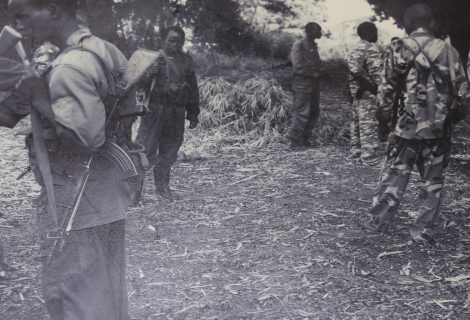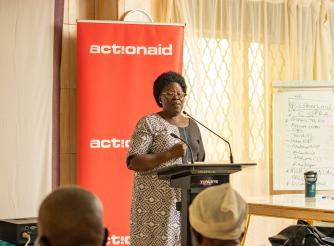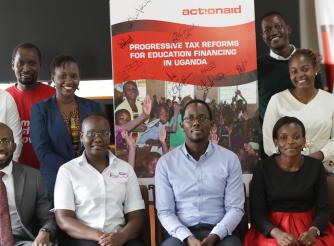The Vicious Cycle of Underdevelopment and Conflict in East Africa

East Africa, a region of immense natural resources and cultural diversity, has been plagued by recurring conflicts and underdevelopment. The two issues are intricately linked, with underdevelopment often serving as a catalyst for conflict. In this article, we will explore the relationship between underdevelopment and conflict in East Africa and argue that development is the key to achieving lasting peace and stability.
Underdevelopment in East Africa is a legacy of colonialism, poor governance, and inadequate investment in human capital. Many countries in the region struggle with poverty, inequality, and limited access to education, healthcare, and economic opportunities. These conditions create an environment in which tensions can easily escalate into violence.
The lack of economic opportunities, resources, and social services can lead to frustration, anger, and desperation among the population. This can manifest in various forms of conflict, including resource-based conflicts, where competition for limited resources such as water, land, and minerals leads to clashes between communities and nations. Ethnic and tribal tensions can also be exacerbated by underdevelopment, leading to violence and conflict. Furthermore, poor governance, corruption, and inadequate representation can create an environment in which political instability thrives.
Conflict has a devastating impact on development in East Africa. It destroys infrastructure, damaging or destroying critical facilities such as roads, bridges, and buildings, which hinders economic growth and development. Additionally, conflict disrupts economic activity, affecting trade, investment, and overall economic performance, leading to increased poverty and inequality. Moreover, conflict diverts resources away from essential public services like healthcare and education towards military spending.
Development is the key to breaking the cycle of underdevelopment and conflict in East Africa. By investing in education, we can provide individuals with the skills and knowledge necessary to access better economic opportunities, thereby reducing poverty and inequality. Creating jobs and stimulating economic growth can help reduce frustration and anger, leading to a more stable and peaceful environment. Investing in infrastructure can improve access to essential services and facilitate economic growth. Promoting good governance, transparency, and accountability can help build trust and reduce tensions between communities and nations.
The relationship between underdevelopment and conflict in East Africa is complex and multifaceted. However, by addressing the root causes of underdevelopment and investing in development, we can create a more stable and peaceful environment. Development is not a panacea for conflict, but it is a critical component of any strategy aimed at achieving lasting peace and stability in the region. By working together to promote development, we can build a brighter future for the people of East Africa.
MUYINDA REAGAN
Development Practioner/International Relations Enthusiast


